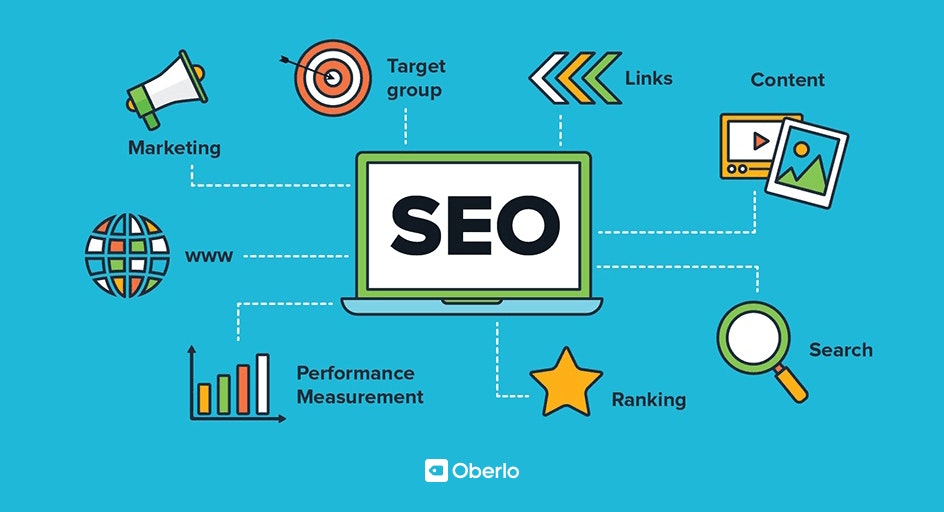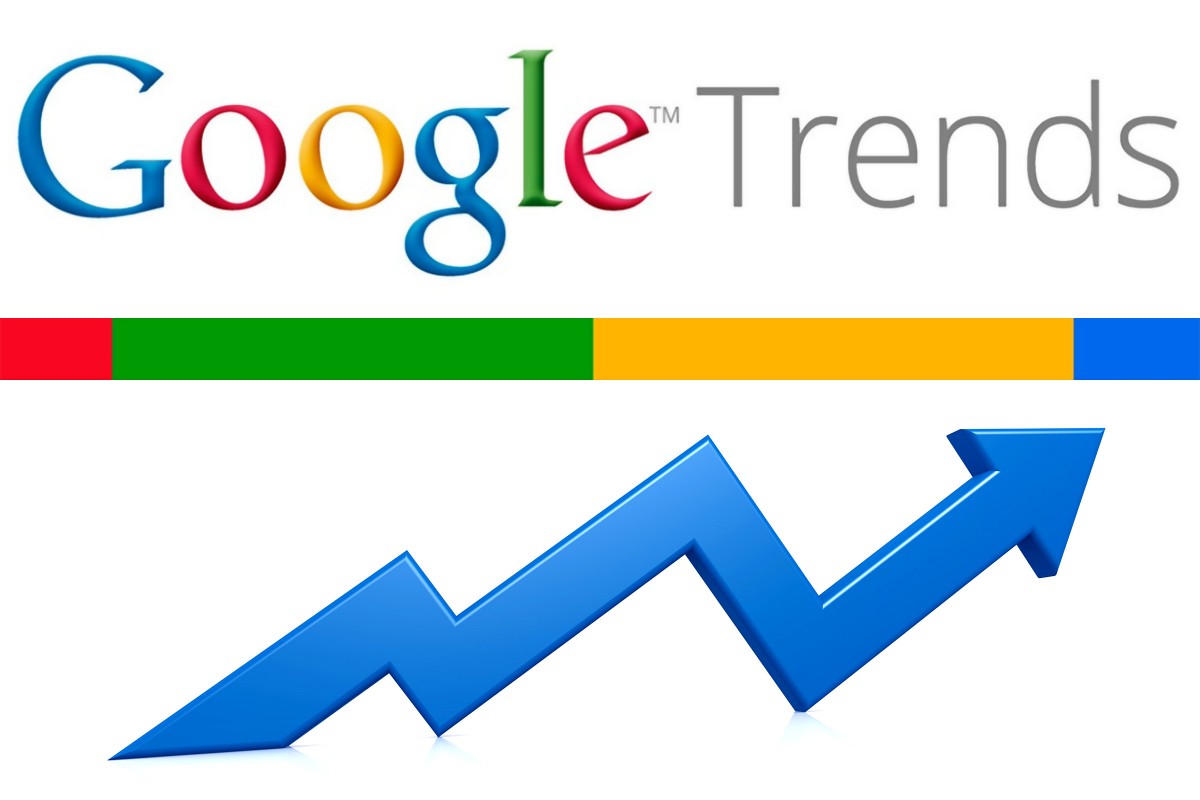
Search engine results will show you more traffic if your titles and descriptions contain keywords. It will also help you get more clicks from potential customers. Regular updates will keep people interested, and can even lead to sales. But how do you optimize your social networks? Luckily, there are many tips that can help you do just that. Continue reading to discover more about SEO for social media. Make sure to include Open Graph metadata.
Optimizing your profile to search engines
Search engine optimization (SEO), is essential for both websites and online business profiles. Many social media profiles appear higher in search results than actual websites. It is vital to ensure that your social media profiles rank well for the right things. SEO is not unlike other forms of SEO. But it's important to take into consideration the platforms you use. When optimizing social media profiles or content, there are several best practices.
The website URL should be included in all your social media content. This is particularly important on social media profiles that do not allow users to include website links in their posts. Your audience will see your content as valuable if you include the URL. If your audience finds the content on your social profiles engaging, they will most likely click through and visit your website. If they do, they'll find a link to your site's SEO-optimized webpages.
Use keywords in your titles or descriptions

Search engine users are not happy with keyword phrases being used in title and description. While Google has been known to remove keywords in certain variations, they will still get a high-quality link if they are used correctly. You should also avoid stuffing too many keywords into your title. For example, rather than putting "my site" or the words "my blogging" in the title try "my blog".
Your URL must be optimized, not only for titles and descriptions but also for URL optimization. The URL should not be longer than the title. It should also include the keywords you are trying to rank for. Your URL should contain one or two keywords, but they must make sense to your readers. Don't use keyword stuffing, as this can be off-putting to your visitors. The title must contain relevant keywords related to your website's contents.
Posting often
SEO for social media means posting frequently but quality posts must be high. It depends on how much time you have and how much money you have, it may be difficult for you to dedicate the time to regular updates. But the more you post, the more likely people are to see them. Also, poor-quality content could damage your brand and impact your Google rankings. In order to meet your posting frequency goals you need content that appeals multiple audiences.
Google takes behavioral factors into account when determining where a site should appear in the search results. If a user spends time reading your content, they are more likely to return. Google knows that your content is worth reading and useful. Regularly posting quality content will increase your rank. You can see the engagement level of each post on your SEO dashboard. Highly targeted posts can increase average time spent on your site.
Open Graph metadata

Google Open Graph provides a free tool to improve brand visibility and increase social engagement on Facebook. This protocol can be used to create social interactions. It can be added directly to your website's HTML code. Open Graph codes should be included in the head section of the website's code. The HTML code can be found here. A web developer can help you if you don't know how to add these tags. Alternatively, you can also install one of the popular CMS plugins that generate Open Graph tag for you.
Open Graph metadata will help you make the most of your off-page promotion. This is because you can choose what content is shared on social media. When you have control over what your audience sees, this is crucial for increasing your organic traffic. Open Graph is not something you should do if your time and expertise are limited. You can hire a company specializing in SEO for the social media. They will ensure your website looks professional on various social media platforms.
FAQ
How Often Should My Site Be Updated?
Your site's ranking can be improved by updating regularly. However, this is not always necessary. It's not necessary to constantly update content that you already have created.
Do I need a digital marketing agency?
Realize that you need extra support for your business before it is too late. Small businesses need professional digital marketing services. They can help you market your company online, and they are up-to-date on the latest trends.
They can assist you in developing your strategy and implementing it.
How Much Will It Cost Me To Rank High In Search Results?
The type of project you are working on will determine the cost of search engine optimization. Some projects only require minor changes to an existing website while others will require a complete redesign. You will also be charged monthly fees for keyword research and maintenance.
Why do I need an SEO strategy
A good SEO strategy ensures you're not missing out on any opportunities to grow your business. It's not worth having great content if it doesn’t get found!
A good SEO strategy helps you build relationships with influencers and experts within your industry. With their knowledge and connections, you can learn new tricks and techniques to get ahead of your competitors.
Statistics
- Sean isn't alone… Blogger James Pearson recently axed hundreds of blog posts from his site… and his organic traffic increased by 30%: (backlinko.com)
- : You might have read about the time that I used The Content Relaunch to boost my organic traffic by 260.7%: (backlinko.com)
- These guides are designed and coded 100% from scratch using WordPress. (backlinko.com)
- Which led to a 70.43% boost in search engine traffic compared to the old version of the post: (backlinko.com)
- 64% of marketers actively create SEO campaigns because they help hit multiple key performance indicators (KPIs), including increasing traffic, helping your site rank for relevant keywords, improving your conversion rate, and much more. (semrush.com)
External Links
How To
How do you create your first blog site?
It's simple! WordPress is an excellent platform for creating a blog. Users can easily edit the appearance of their blogs by adding themes, changing fonts and colors, and customizing the layout. Users can also install plugins to modify certain elements of their websites based on visitor activity.
There are many free templates you can download from WordPress.org. You also have the option to purchase premium templates. Premium templates include extra pages, plugins, advanced security, and more.
Once you have downloaded your template, sign up for a free account at a hosting provider in order to upload your files and to run your blog. Although many hosts offer free accounts with limited space, there are restrictions on the number of domains that you can host, how many emails you may send, and how many websites you can upload.
If you plan to use more domain names, you will also need to purchase separate email addresses. Some hosts charge a monthly fee for this service.
You may be wondering why anyone would pay for a blog to be hosted online if you are new to blogging. Hosts offer unlimited storage space. This means that files can be saved indefinitely and won't be lost if they're accidentally deleted.
Hosting providers often allow multiple domain hosting, so you can have many sites from the same package. You don't need multiple email addresses and can manage all your sites through the one interface.
Some hosts have social media sharing buttons built into their dashboards. This allows visitors to quickly and easily share content across the internet.
Most hosting companies offer tools for managing your blog. You can check the performance stats for your site, view how many visitors each article has received, and even compare your traffic to other blogs.
These tools can make it easier to manage your blog faster and easier, so make sure you check them out before you buy a web hosting plan.
To sum up:
-
Choose a topic relevant to your business;
-
Create engaging content;
-
Optimize your site using SEO techniques;
-
Promote your site using social media channels;
-
To make necessary changes, keep an eye on your statistics.
-
Finally, don't forget to update your blog frequently.
In other words, create quality content, promote it effectively, track its success.